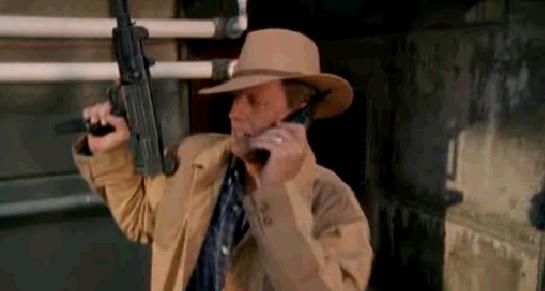

During the following ten years, Orsborne said his career included "a bit of everything-rum-running, whaling, deep-sea trawling in the Arctic". Īt 21 he passed his master's ticket examinations and took over his first command, a Grimsby trawler. He joined the merchant navy, sailing mainly in small ships based in Liverpool. After leaving the Navy in December 1919 and working ashore for a brief period, he was persuaded by a former captain of the Cutty Sark, Captain Wilkins, to go back to sea. He served in the Dover Patrol, and was wounded during the 1918 Zeebrugge Raid. When he was 14, Orsborne lied about his age and enlisted as a Boy Seaman in the Royal Navy in his memoirs he wrote: "I never did have an adolescence". He assumed the Orsborne name when his widowed mother remarried and moved the family to Aberdeen, where George, nicknamed "Dod", spent his formative years. George Black Orsborne was born George Black on 4 July 1902, in the small north Scottish coastal town of Buckie. Grimsby fishing vessels, early 20th century There is no public record of her subsequent career.

In 1939 she was sold to the Port of London Authority for use as a wreck-marking vessel and, after being requisitioned by the Royal Navy during the war, was returned to the authority in 1945. In Georgetown Girl Pat was acquired by new owners who returned her to Britain, where she was displayed as a tourist attraction in several resorts. Years later, in his memoirs, Orsborne told a different, uncorroborated story: in absconding with Girl Pat he had been carrying out a mission on behalf of British Naval Intelligence, connected with the outbreak of the Spanish Civil War in July 1936.Īfter his release from prison, Orsborne took part in further maritime adventures and served in the navy in the Second World War.

After the vessel's capture and detention following a chase outside Georgetown on 19 June, Orsborne and his crew were hailed as heroes in the world's press.Ĭharged with the theft of the vessel in October 1936, Orsborne maintained in court that the owners had instructed him to get rid of the ship, as part of a scheme to obtain its insurance value. At one point Girl Pat was reported wrecked in the Bahamas, with all hands lost. The captain's main means of navigation during a voyage of more than 6,000 nautical miles (11,000 km) was a sixpenny school atlas and a compass. Subsequent sightings placed her in the Savage Islands, at Dakar in Senegal, and Îles du Salut off the coast of French Guiana in South America. Nothing more was heard of them until mid-May, when the owners, who had by then assumed the vessel lost, received invoices relating to its repair and reprovisioning in the northern Spanish port of Corcubión. After leaving port, Orsborne informed the crew that they were going on an extended cruise in more southerly waters. On 1 April 1936, Orsborne, with a crew of four and his brother James as a supernumerary, took the vessel out on what the owners authorised as a routine North Sea fishing trip of two to three weeks' duration. The pair were later imprisoned for the theft of the vessel.īuilt in 1935, Girl Pat was the property of the Marstrand Fishing Company of Grimsby. The escapade ended in Georgetown, British Guiana, with the arrest of the captain, George "Dod" Orsborne, and his brother. Girl Pat was a small fishing trawler, based at the Lincolnshire port of Grimsby, that in 1936 was the subject of a media sensation when its captain took it on an unauthorised transatlantic voyage.

Girl Pat, photographed during her period of service with the Port of London Authority, circa 1945


 0 kommentar(er)
0 kommentar(er)
